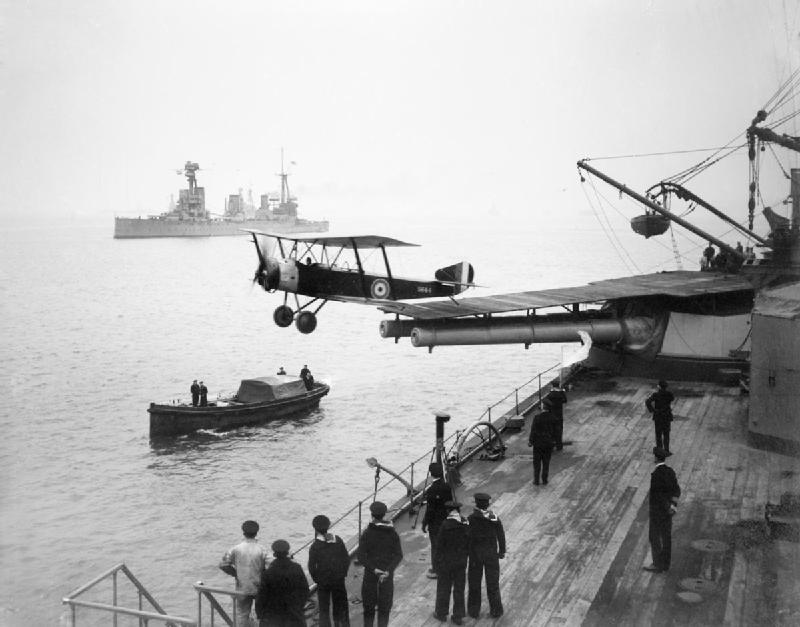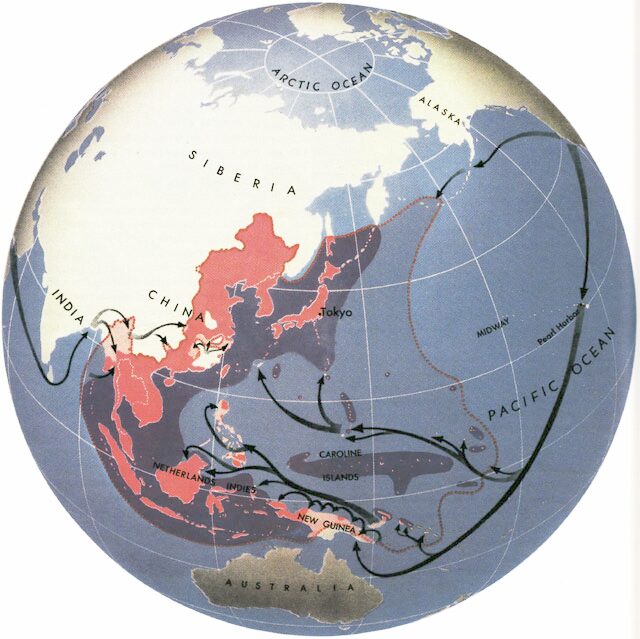|
Royal Australian Naval Nursing Service
The Royal Australian Naval Nursing Service (RANNS) was a former female branch of the Royal Australian Navy. The RANNS was formed in October 1942, wartime demands lead to a need to recruit women directly into the RAN. At its wartime peak the RANNS was made up of 56 nursing sisters with at least 12 months prior experience. The RANNS was disbanded 1948 but the demand for nurses was so great that the organisation was reformed in November 1948. In June 1984 the RANNS and the other female branch of the RAN, the Women's Royal Australian Naval Service, were incorporated into the permanent force and all female nurses became members of the nursing branch of the RAN. References Citations Sources * See also * Australian women during World War II ** Women's Royal Australian Naval Service ** Royal Australian Air Force Nursing Service The Royal Australian Air Force Nursing Service (RAAFNS) was a branch of the Royal Australian Air Force, which existed from 1940 to 1946, and from ... [...More Info...] [...Related Items...] OR: [Wikipedia] [Google] [Baidu] |
Royal Australian Navy
The Royal Australian Navy (RAN) is the principal naval force of the Australian Defence Force (ADF). The professional head of the RAN is Chief of Navy (CN) Vice Admiral Mark Hammond AM, RAN. CN is also jointly responsible to the Minister of Defence (MINDEF) and the Chief of Defence Force (CDF). The Department of Defence as part of the Australian Public Service administers the ADF. Formed in 1901, as the Commonwealth Naval Forces (CNF), through the amalgamation of the colonial navies of Australia following the federation of Australia. Although it was originally intended for local defence, it became increasingly responsible for regional defence as the British Empire started to diminish its influence in the South Pacific. The Royal Australian Navy was initially a green-water navy, and where the Royal Navy provided a blue-water force to the Australian Squadron, which the Australian and New Zealand governments helped to fund, and that was assigned to the Australia Station. Thi ... [...More Info...] [...Related Items...] OR: [Wikipedia] [Google] [Baidu] |
Nurses
Nursing is a profession within the health care sector focused on the care of individuals, families, and communities so they may attain, maintain, or recover optimal health and quality of life. Nurses may be differentiated from other health care providers by their approach to patient care, training, and scope of practice. Nurses practice in many specialties with differing levels of prescription authority. Nurses comprise the largest component of most healthcare environments; but there is evidence of international shortages of qualified nurses. Many nurses provide care within the ordering scope of physicians, and this traditional role has shaped the public image of nurses as care providers. Nurse practitioners are nurses with a graduate degree in advanced practice nursing. They are however permitted by most jurisdictions to practice independently in a variety of settings. Since the postwar period, nurse education has undergone a process of diversification towards advanced and ... [...More Info...] [...Related Items...] OR: [Wikipedia] [Google] [Baidu] |
Women's Royal Australian Naval Service
The Women's Royal Australian Naval Service (WRANS) was the women's branch of the Royal Australian Navy (RAN). In 1941, fourteen members of the civilian Women's Emergency Signalling Corps (WESC) were recruited for wireless telegraphy work at the Royal Australian Navy Wireless/Transmitting Station Canberra, as part of a trial to free up men for service aboard ships. Although the RAN and the Australian government were initially reluctant to support the idea, the demand for seagoing personnel imposed by the Pacific War saw the WRANS formally established as a women's auxiliary service in 1942. The surge in recruitment led to the development of an internal officer corps. Over the course of World War II, over 3,000 women served in the WRANS. The organisation was disbanded in 1947, but was reestablished in 1951 in response to the manpower demand caused by Cold War commitments. In 1959, the WRANS was designated a permanent part of the Australian military. The WRANS continued to oper ... [...More Info...] [...Related Items...] OR: [Wikipedia] [Google] [Baidu] |
Australian Women During World War II
Australian women during World War II played a larger role than they had during World War I. Military service Many women wanted to play an active role in the war and hundreds of voluntary women's auxiliary and paramilitary organisations had been formed by 1940. These included the Women's Transport Corps, Women's Flying Club, Women's Emergency Signalling Corps and Women's Australian National Services. In July 1940 in Brisbane alone there were six different organisations providing women with war-related training, the largest of which was the Queensland-based Women's National Emergency Legion. The federal government and military did not initially support women being trained to serve in the armed forces, however, and these organisations were not taken seriously by the general public. A shortage of male recruits forced the military to establish female branches in 1941 and 1942. The Royal Australian Air Force established the Women's Auxiliary Australian Air Force (WAAAF) in March 194 ... [...More Info...] [...Related Items...] OR: [Wikipedia] [Google] [Baidu] |
Royal Australian Air Force Nursing Service
The Royal Australian Air Force Nursing Service (RAAFNS) was a branch of the Royal Australian Air Force, which existed from 1940 to 1946, and from 1948 to 1977. Members served in World War II, the Korean War, the Malayan Emergency, and the Vietnam War. History Foundation The RAAFNS was founded in July 1940 at the suggestion of Air Vice-Marshal Victor Hurley, the Director-General of Medical Services. Margaret Irene Lang, who had served with the Australian Army Nursing Service during World War I and was then serving as matron of the Victoria Police Hospital, was appointed its first Matron-in-Chief. By December 1940 it had only 45 members, but this had increased to 616 by December 1945. The RAAFNS was not a part of the Women's Auxiliary Australian Air Force (which was not established until March 1941), but a branch of the RAAF itself. All members held commissioned rank, and wore RAAF badges of rank along with the RAAF medical badge on their tunic lapels and capes, but did not use Air ... [...More Info...] [...Related Items...] OR: [Wikipedia] [Google] [Baidu] |
Australian Women In World War II
Australian women during World War II played a larger role than they had during World War I. Military service Many women wanted to play an active role in the war and hundreds of voluntary women's auxiliary and paramilitary organisations had been formed by 1940. These included the Women's Transport Corps, Women's Flying Club, Women's Emergency Signalling Corps and Women's Australian National Services. In July 1940 in Brisbane alone there were six different organisations providing women with war-related training, the largest of which was the Queensland-based Women's National Emergency Legion. The federal government and military did not initially support women being trained to serve in the armed forces, however, and these organisations were not taken seriously by the general public. A shortage of male recruits forced the military to establish female branches in 1941 and 1942. The Royal Australian Air Force established the Women's Auxiliary Australian Air Force (WAAAF) in March 194 ... [...More Info...] [...Related Items...] OR: [Wikipedia] [Google] [Baidu] |
History Of The Royal Australian Navy
The history of the Royal Australian Navy traces the development of the Royal Australian Navy (RAN) from the colonisation of Australia by the British in 1788. Until 1859, vessels of the Royal Navy made frequent trips to the new colonies. In 1859, the Australia Squadron was formed as a separate squadron and remained in Australia until 1913. Until Federation, five of the six Australian colonies operated their own colonial naval force, which formed on 1 March 1901 the Australian Navy's (AN) Commonwealth Naval Force which received Royal patronage in July 1911 and was from that time referred to as Royal Australian Navy (RAN). On 4 October 1913 the new replacement fleet for the foundation fleet of 1901 steamed through Sydney Heads for the first time. The Royal Australian Navy has seen action in every ocean of the world. It first saw action in World War I, in the Pacific, Indian and Atlantic oceans. Between the wars the RAN's fortunes shifted with the financial situation of Austr ... [...More Info...] [...Related Items...] OR: [Wikipedia] [Google] [Baidu] |
Military Nursing
A military, also known collectively as armed forces, is a heavily armed, highly organized force primarily intended for warfare. It is typically authorized and maintained by a sovereign state, with its members identifiable by their distinct military uniform. It may consist of one or more military branches such as an army, navy, air force, space force, marines, or coast guard. The main task of the military is usually defined as defence of the state and its interests against external armed threats. In broad usage, the terms ''armed forces'' and ''military'' are often treated as synonymous, although in technical usage a distinction is sometimes made in which a country's armed forces may include both its military and other paramilitary forces. There are various forms of irregular military forces, not belonging to a recognized state; though they share many attributes with regular military forces, they are less often referred to as simply ''military''. A nation's military may f ... [...More Info...] [...Related Items...] OR: [Wikipedia] [Google] [Baidu] |
Naval History Of World War II
At the beginning of World War II, the Royal Navy was the strongest navy in the world, with the largest number of warships built and with naval bases across the globe. It had over 15 battleships and battlecruisers, 7 aircraft carriers, 66 cruisers, 164 destroyers and 66 submarines. With a massive merchant navy, about a third of the world total, it also dominated shipping. The Royal Navy fought in every theatre from the Atlantic, Mediterranean, freezing Northern routes to Russia and the Pacific ocean. In the course of the war the United States Navy grew tremendously as the United States was faced with a two-front war on the seas.Stephen Howarth, ''To Shining Sea: a History of the United States Navy, 1775–1998'' (1999) By the end of World War II the U.S Navy was larger than any other navy in the world. Main navies United States The United States Navy grew rapidly during World War II from 1941–45, and played a central role in the Pacific theatre in the war against Japa ... [...More Info...] [...Related Items...] OR: [Wikipedia] [Google] [Baidu] |
.jpg)
.jpg)
.jpg)

